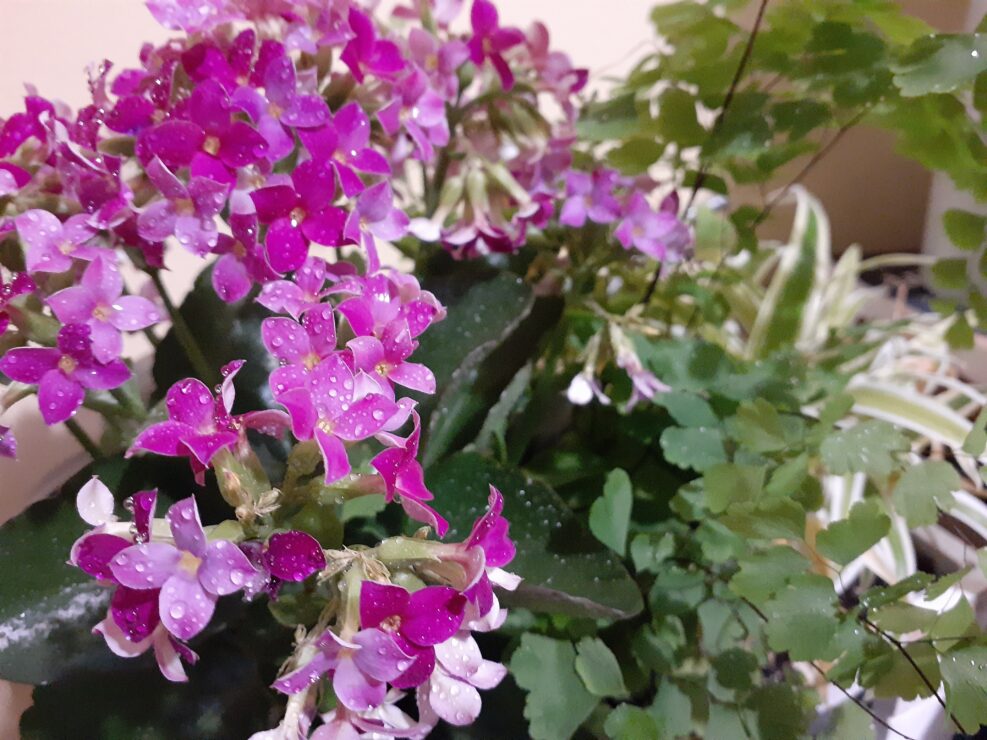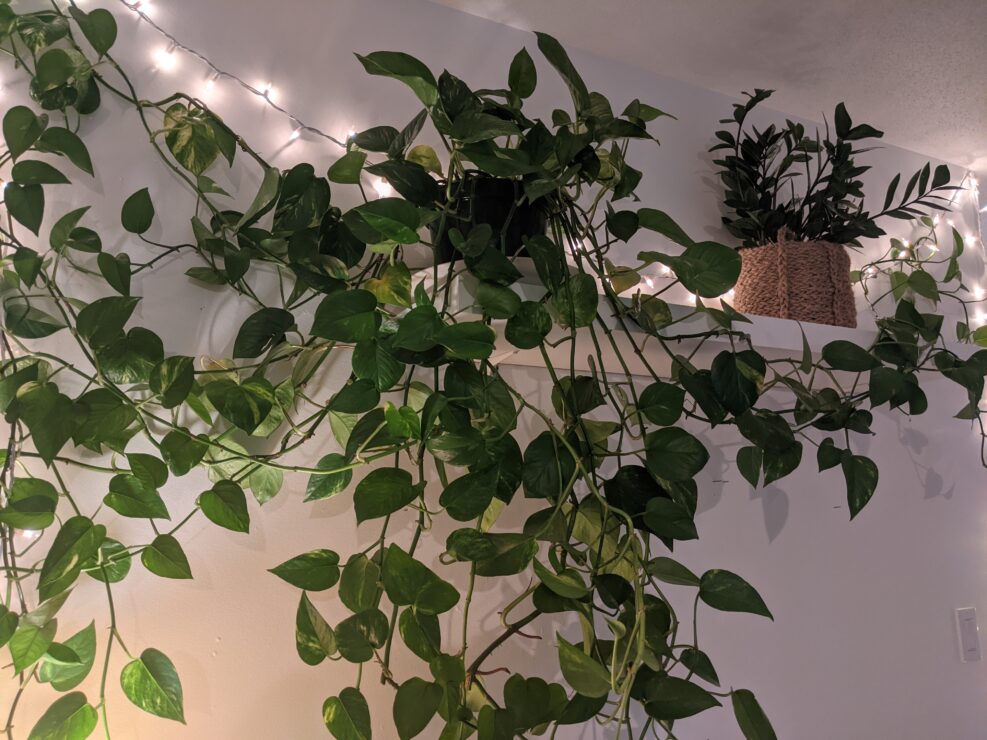
Sprawling pothos, trendy terracotta pots, cute little cacti — the houseplant trend looks so modern and effortless. But as it turns out, indoor greenery can be temperamental and caring for houseplants is more frustrating than cottagecore Tik Toks let on. Yellowing leaves, root rot, and harmful pests are just some of the many issues that can take out a houseplant.
If you’re struggling to keep your home jungle alive, here are five foolproof tips and tools to watch out for this winter.
1. Invest in a moisture meter
Moisture meters, as you can probably gather from the name, measure the amount of water, or the moisture level, present in the soil of your plant. Plant-parent newbies often make the mistake of watering either too much or too little. The former can result in yellowing leaves and rotting roots, while the latter typically leads to crispy leaves and a dead plant.
A moisture meter takes away the guessing game; you plunge the prong of the meter to root level and get an accurate reading of your plant’s soil conditions. As long as you know what kind of plant you have and the kind of watering conditions it enjoys, you can properly water it every time.
Also, make sure your plant pots have drainage holes to ensure excess water flows out of the bottom of the pot. Without drainage holes you risk drowning your plant, even if you use a moisture meter.
2. Mist your plants
In the winter, many plants require significantly less water than in the sunny summer months. They usually put out less growth during this time, and some plants hibernate completely. However, if your plants are in sunny window spots or close to a heater, misting your plants can help you avoid sun damage or dry, crispy leaves. A light spritzing of water from a spray bottle can keep leaves happy and healthy — just don’t overdo it in the winter.
3. Bugs and how to fight them
Mealybugs, thrips, fungus gnats — there are plenty of tiny disastrous pests that can make a home on your houseplants.
Make sure you check under leaves and in the small crevices of your plant’s stems often to avoid an infestation. If you find anything suspicious, isolate the infected plant immediately and wipe off the leaves with alcohol or water. If you have treated the same plant a couple of times, you can try repotting it into new dirt. Bugs sometimes live in the dirt which can be why they keep coming back even if you have wiped down the plant.
Houseplant pests can come from outside if you have your plants near open windows, or they can come crawling from other plants. When you buy a new plant, make sure to quarantine it from your others until you are sure you haven’t brought any bugs home with you.
If pests become a regular issue for you, try predatory mites. You can buy these online and sprinkle them onto your infected plants. The predatory bugs will attack the spider mites and thrips hurting your plants. Fight bugs with bugs!

4. Filter your water
This tip might seem excessive but houseplants can be super sensitive to unfiltered tap water. The water that we drink is often processed with chemicals that are fine for us but can be harmful for some of our plant babies. If you have a water filter already, like a Brita, try filling up your watering pot with it too.
5. All of the lights
What even is bright indirect light? That is a secret well kept by the gardening community, but a good indicator of a happy plant is new growth. If your plant is putting out fresh, glossy leaves then it’s probably getting enough light. Watch out for yellowing or brown leaves as these could be indicators that your plant isn’t getting enough sun on a daily basis.
If you’ve placed your plants in a particularly dusty spot of your home, try regularly dusting off their leaves. Dust can prevent the plants from absorbing sunlight, so giving them a little wipe down with a wet cloth or a duster can help your plants thrive.
In case of poor lighting, try a full spectrum grow light. Grow light mimics the light from the sun and can help your plants get the proper sunlight for photosynthesis, the process for healthy plants. You can buy grow light bulbs and put them into a lamp near your plant. You can also buy strip grow lights and put them up in rooms with little to no natural light.








